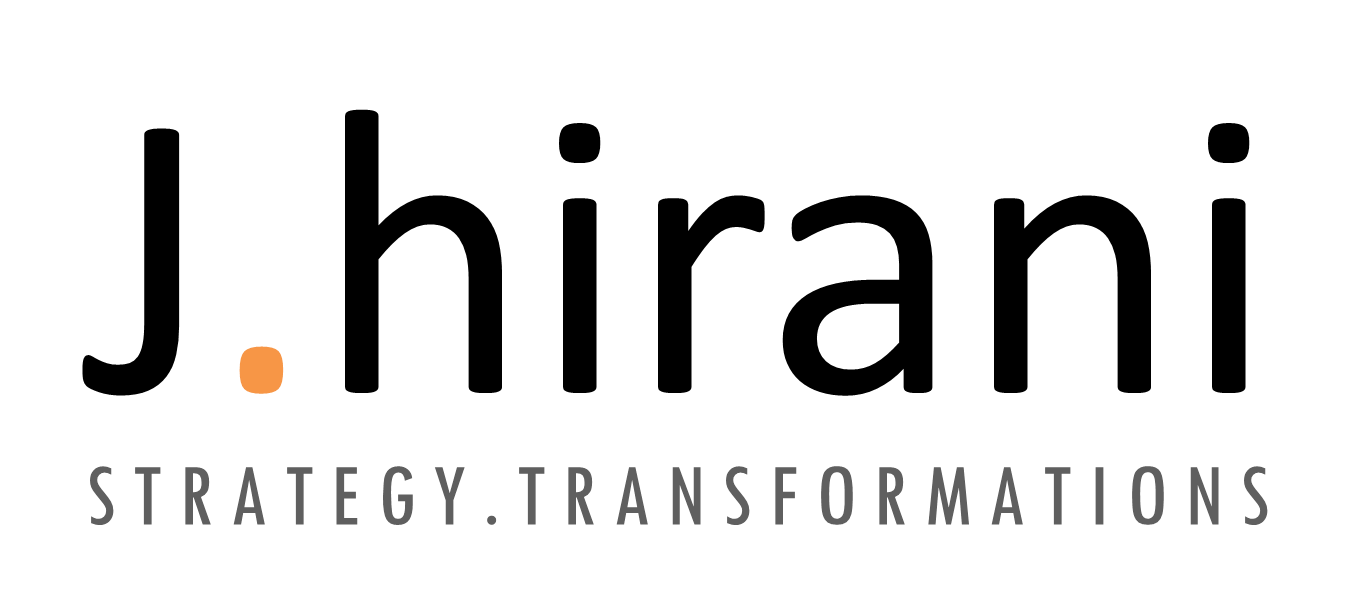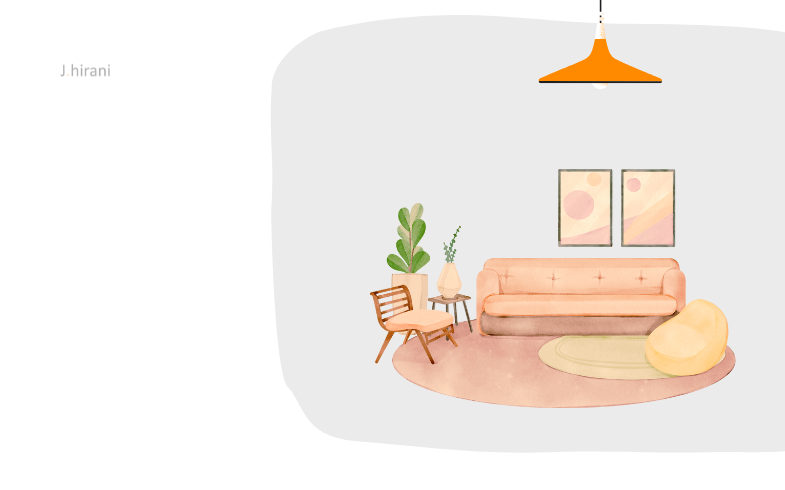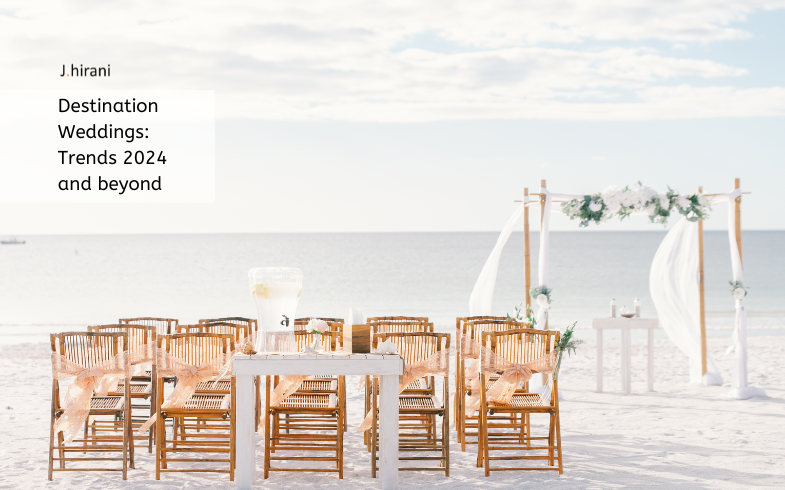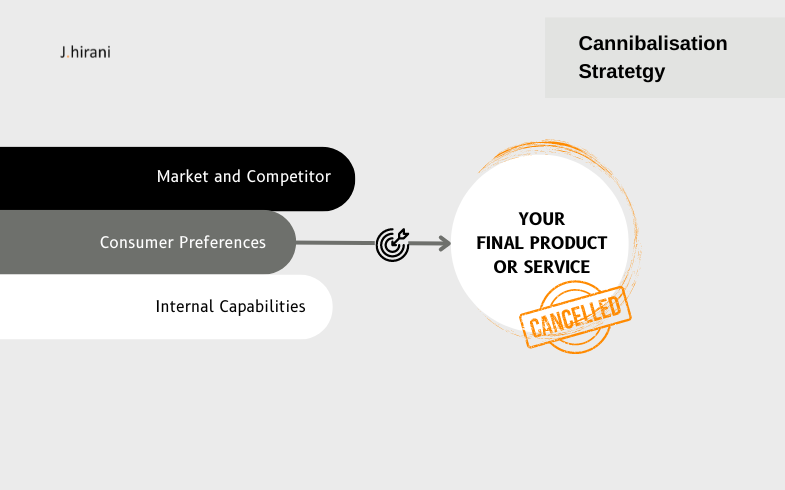Looking ahead, the interior design industry may see niche specializations. As consumer demands become more specific, designers could focus on serving single areas such as minimalist interiors, sustainability-focused designs, or wellness-centred spaces. This specialization could lead to tailored services that cater to unique client needs, setting the stage for innovative and highly personalized interior solutions.
Integration of outdoor elements into indoor spaces and Home office demands grew out of the COVID Pandemic. But as time is passing, there’s a burgeoning focus on wellness in interior design. As people become more conscious of their physical and mental well-being, they seek environments that support a healthier lifestyle. According to the Global Wellness Institute, the wellness real estate market is expected to grow to $197 billion by 2022, reflecting the increasing desire for homes that promote well-being.
Consumers now want spaces that help them breathe cleaner air, reduce stress, and enhance overall health. This shift could see interior designers collaborating more closely with wellness experts, akin to the way Vastu or Feng Shui consultants are used. Designers may start specializing in niches like wellness-focused interiors, creating environments that incorporate elements such as air purifiers, circadian lighting, and spaces designed for mindfulness practices.
As the definition of what we call ‘Home’ iterates, let’s read into new niches which might split the market into several defining niches and specializations.
The Rise of Biophilic Design
Biophilic design, which integrates natural elements into indoor spaces, is gaining popularity. This design philosophy is rooted in the idea that humans have an inherent connection to nature, and incorporating natural elements can enhance well-being. A study by Human Spaces found that biophilic design can increase well-being by 15%, productivity by 6%, and reduce absenteeism by 15%. Notable designer Oliver Heath has championed this approach, incorporating living walls, natural light, and indoor plants in his projects to create calming, nature-infused environments.
Minimalism Versus Maximalism
The interior design world is currently balancing between minimalism and maximalism. Minimalism, with its “less is more” philosophy, appeals to those who appreciate clean lines and uncluttered spaces. In contrast, maximalism, which embraces vibrant colours and eclectic patterns, is making a bold comeback. Pinterest’s 2023 trend report indicates a 150% increase in searches for “maximalist decor.” Designer Jonathan Adler exemplifies this trend, creating spaces that are lively, full of personality, and visually stimulating.
The Influence of Technology
Technology is revolutionizing the interior design industry. Tools like Augmented Reality (AR) and Virtual Reality (VR) allow clients to visualize designs before making commitments. IKEA’s Place app is a prime example, using AR to let users see how furniture will look in their space. Additionally, smart home technology is becoming integral to interior design. From smart thermostats to automated lighting systems, designs that integrate with a tech-savvy lifestyle are in high demand. Statista projects that the global smart home market will reach $53.45 billion by 2022, emphasizing the growing importance of tech-integrated interiors.
Sustainable Choices Gain Ground
Sustainability is more than a trend; it’s a movement shaping the future of interior design. According to a Nielsen report, 66% of global consumers are willing to pay more for sustainable goods. This shift is evident in the preference for materials like reclaimed wood, bamboo, and recycled metals. Prominent designers like Kelly Hoppen have embraced sustainable practices, incorporating eco-friendly materials and energy-efficient solutions into their projects. Hoppen’s recent redesign of a London townhouse showcases reclaimed wood and energy-efficient lighting, setting a benchmark for sustainable luxury.
Conclusion
Imagine walking into a home where every piece of furniture is uniquely crafted to reflect the owner’s personality, where natural light floods in, illuminating sustainable materials and smart technology that seamlessly integrates into daily life. This is not a distant dream but a reality that the interior design industry is increasingly making possible. As the industry evolves, driven by changing consumer preferences and technological advancements, designers must stay ahead of the curve to create spaces that are not only functional but also deeply personal and environmentally conscious.
The interior design industry is dynamic, shaped by technological advancements and changing consumer values. By staying attuned to trends like wellness, sustainability, and technology integration, designers can create spaces that meet functional needs and enrich lives. Whether you’re a minimalist or a maximalist, the future of interior design promises something for everyone, ensuring that our living spaces continue to evolve and inspire.
J.hirani provides strategic advisory services to manufacturing, service brands, product brands, online/ offline business. Read our capabilities.



